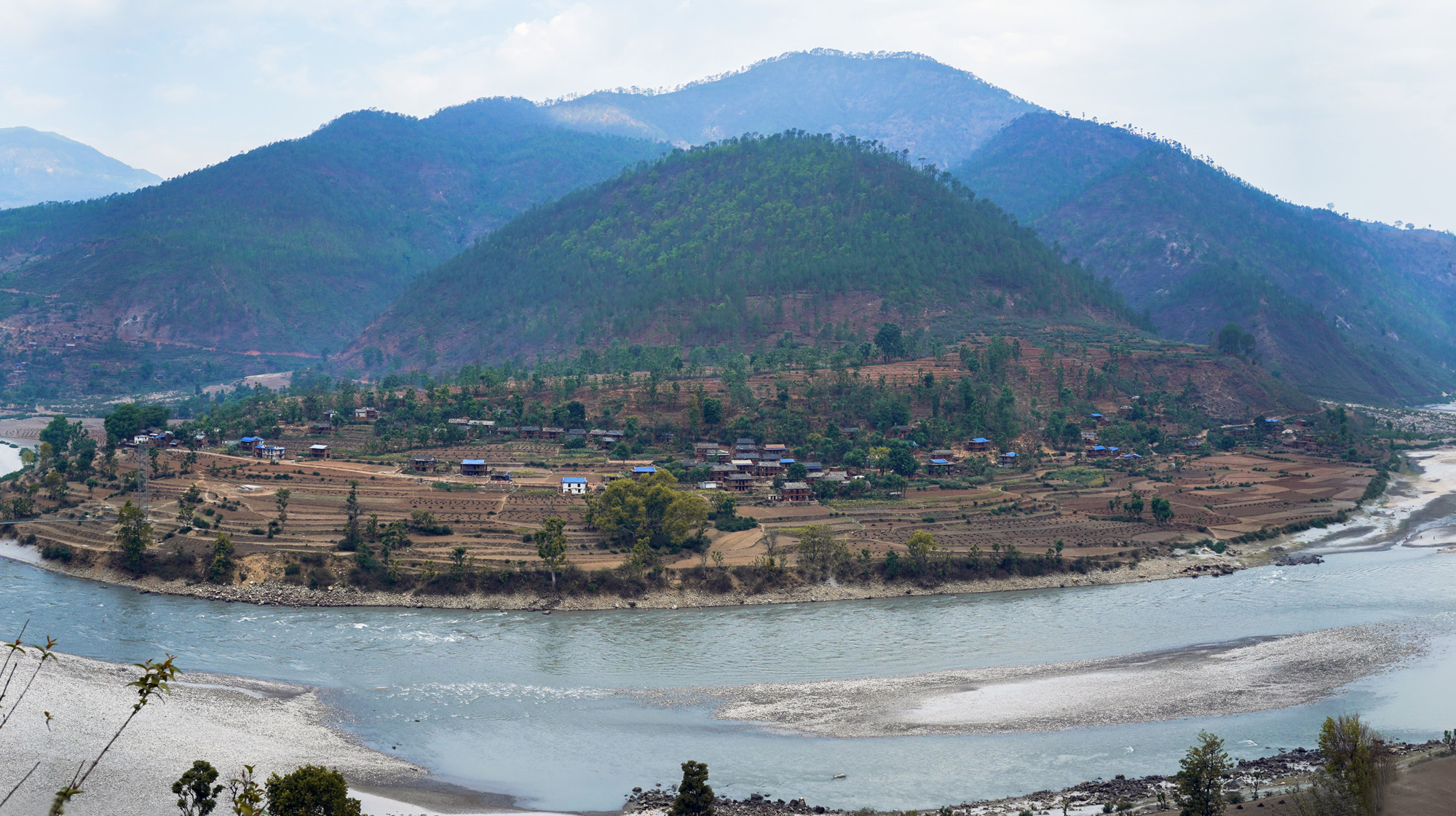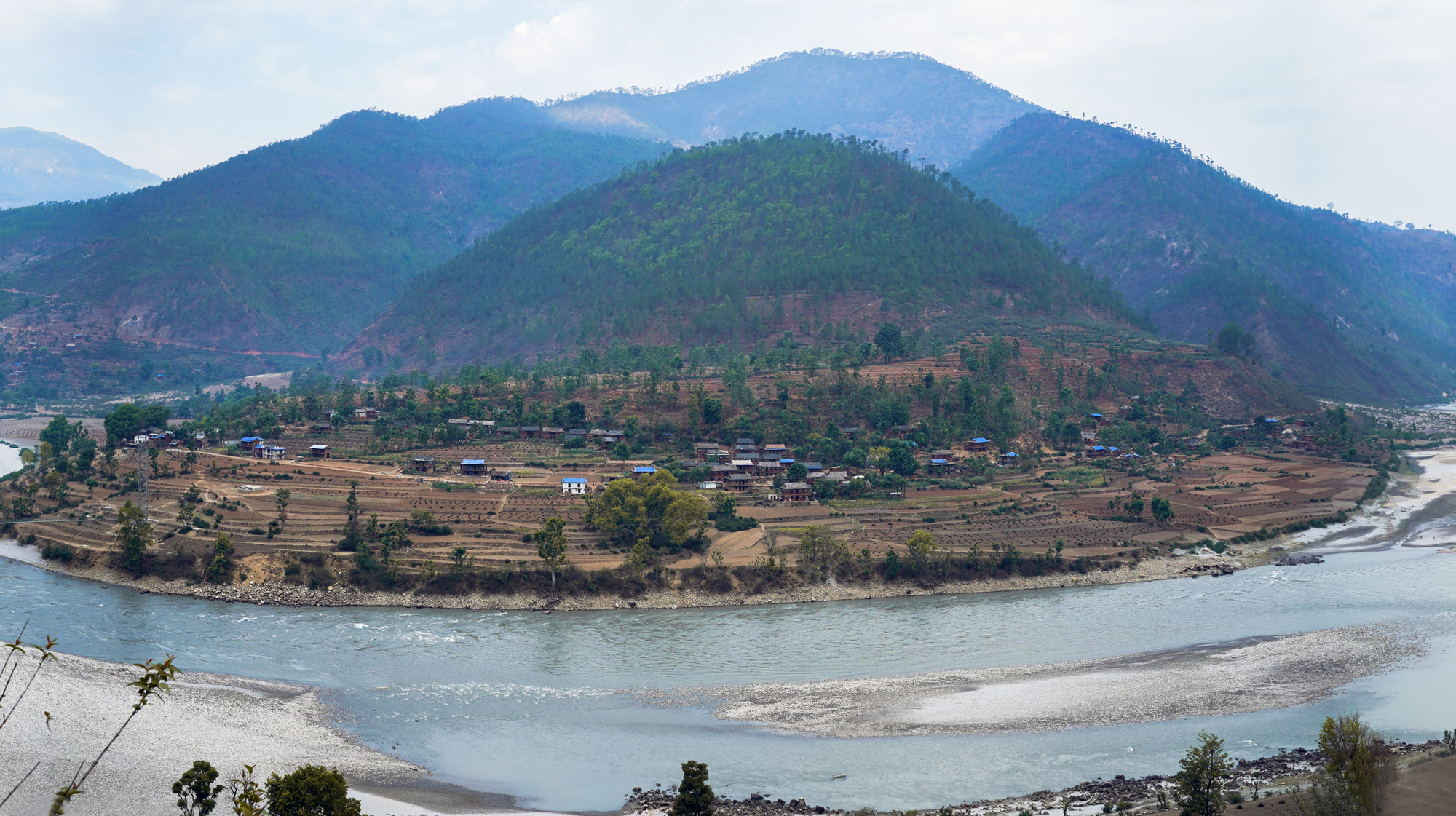
Nepal’s terrain is dissected by many rivers and streams to form a complex of watersheds. Natural and human-induced processes operate on these watersheds. The main processes that lead to the degradation of watersheds are landslides, soil erosion, floods, biodiversity loss, and unsustainable water extraction and farming practices. These lead to the loss of soil fertility, the depletion of water tables, the drying up of springs, desertification and sedimentation. A study carried out 20 years ago found that about 10 percent of Nepal’s area was covered by much degraded watersheds. Only 33 percent of the country was under very good condition of watersheds which indicate that food security and environmental degradation are two main challenges facing humanity in the twenty-first century. Thus, Protecting and strengthening watershed ecosystems is one of the main strategies to address these two issues. In Nepal, watershed management authorities are covered in seven pieces of legislation: Soil and Watershed Conservation Act, 1982; Land Act, 1964; National Parks and Wildlife Conservation Act, 1973; Environmental Protection Act, 1996; Forest Act, 1993; Water Resource Act, 1992; and Local Self-Governance Act, 1999. However, the legislative framework suffers from overlapping responsibilities, unclear jurisdiction for implementation, lack of clear-cut resource allocation for watershed management, and lack of emphasis on ground-level coordination.
